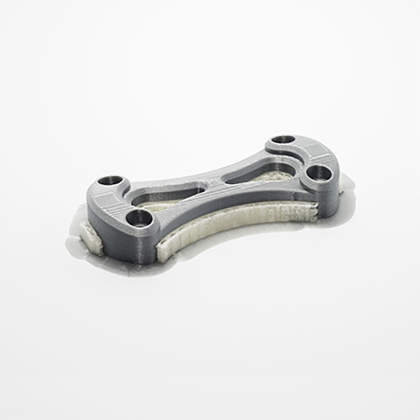Fused Deposition Modeling (FDM) is a widely recognized 3D printing service that has transformed the manufacturing landscape. This technology utilizes thermoplastic materials to create three-dimensional objects layer by layer. But how exactly does it work, and what are its applications across different sectors? Let’s delve deeper into the fascinating world of FDM 3D printing.

How FDM 3D Printing Works
The process of FDM 3D printing begins with a digital model, typically created using Computer-Aided Design (CAD) software. The model is sliced into thin horizontal layers by slicing software, which generates a G-code file that guides the printer. The printer then heats a thermoplastic filament, such as PLA or ABS, to its melting point. As the filament is extruded through a nozzle, it is deposited onto a build platform, where it cools and solidifies, forming the desired object.
- Material Selection: Common materials include PLA, ABS, PETG, and TPU, each offering unique properties suitable for various applications.
- Layer Resolution: The layer thickness can be adjusted, affecting the print's detail and finish.
- Print Speed: Speed settings can be modified based on the complexity of the model and the desired quality.
Applications of FDM 3D Printing Service
The versatility of FDM 3D printing makes it applicable in numerous industries. Here are some notable sectors leveraging this technology:
- Aerospace: FDM is used to create lightweight components and prototypes, reducing material waste and production costs.
- Automotive: Manufacturers utilize FDM for rapid prototyping and producing custom parts, enhancing design flexibility.
- Healthcare: FDM 3D printing service is employed to create patient-specific models and surgical guides, improving surgical outcomes.
- Consumer Products: From toys to household items, FDM allows for the rapid production of customized products.
Benefits of Using FDM 3D Printing Service
Why should businesses consider adopting FDM 3D printing? The benefits are numerous:
- Cost-Effectiveness: FDM is generally more affordable compared to other 3D printing technologies, making it accessible for small businesses.
- Speed: Rapid prototyping capabilities allow for quicker iterations and faster time-to-market.
- Customization: The ability to produce tailored solutions enhances product offerings and customer satisfaction.
Conclusion
In summary, FDM 3D printing is a powerful 3D printing service that offers a myriad of applications across various industries. Its ability to create complex geometries, coupled with cost-effectiveness and speed, makes it an invaluable tool for modern manufacturing. For more information on FDM 3D printing services, you can explore  . Embracing this technology could very well position your business at the forefront of innovation.
. Embracing this technology could very well position your business at the forefront of innovation.








